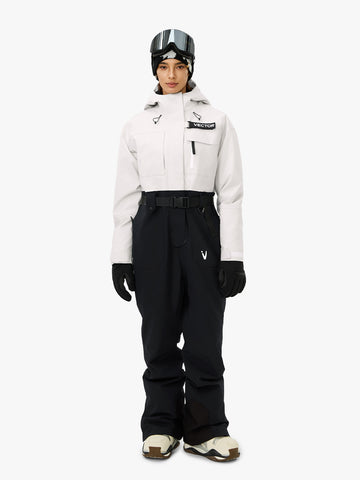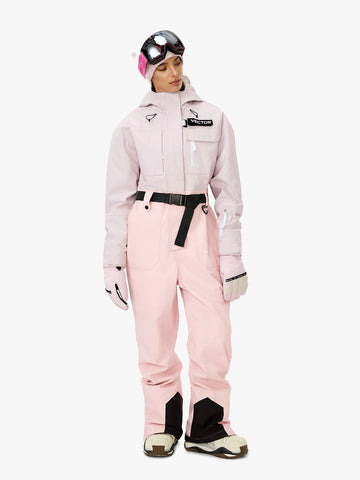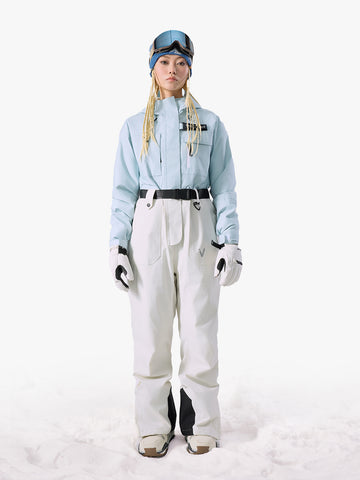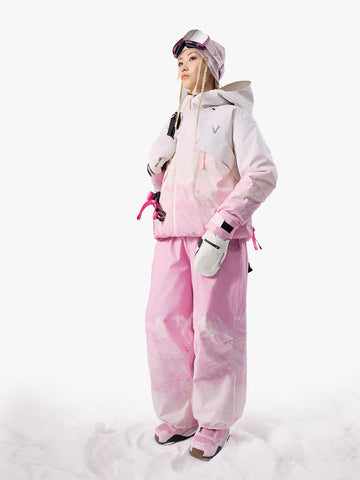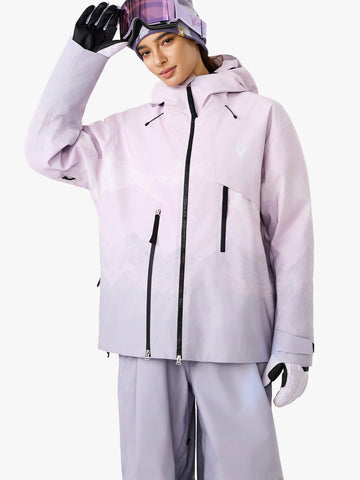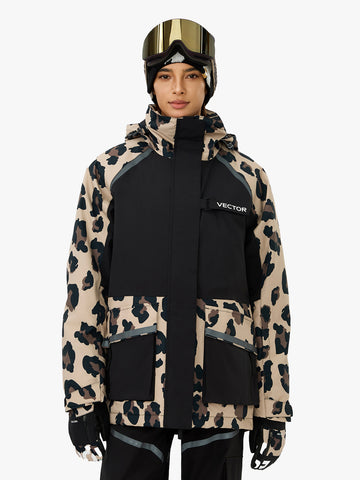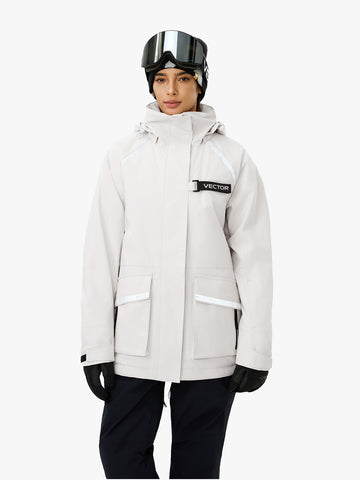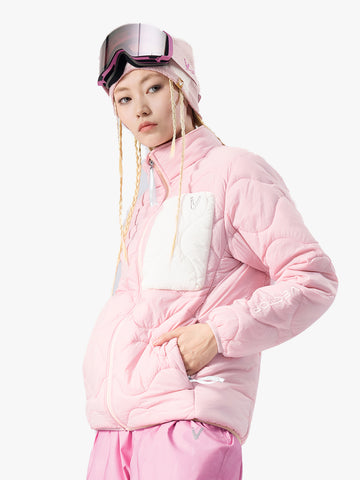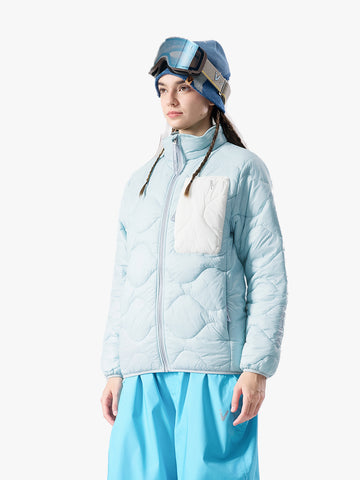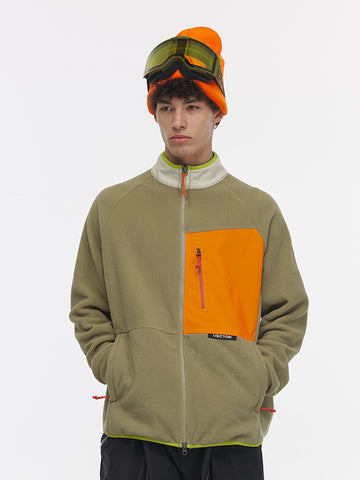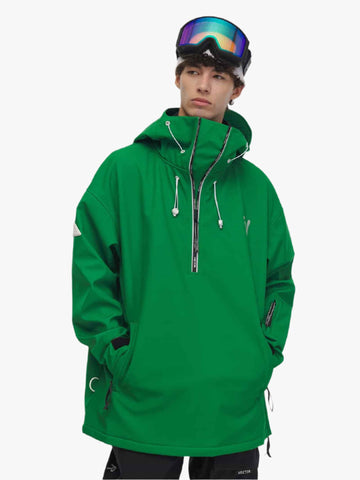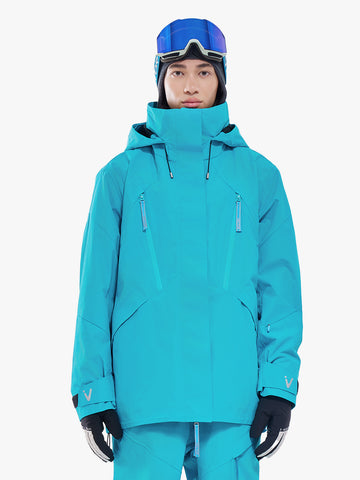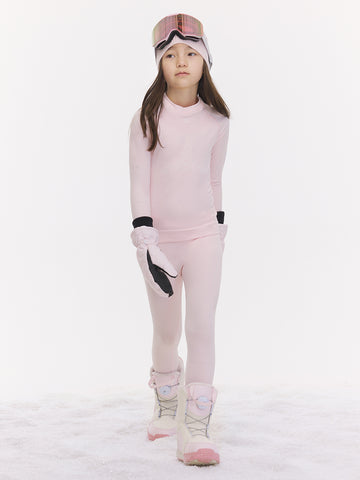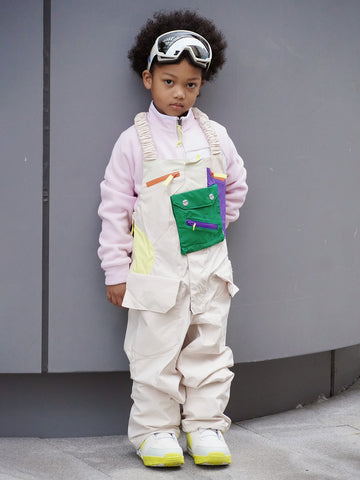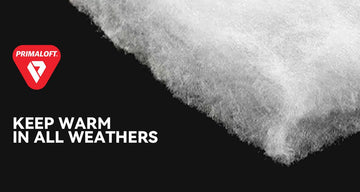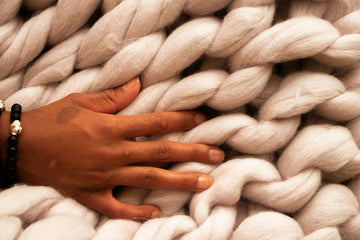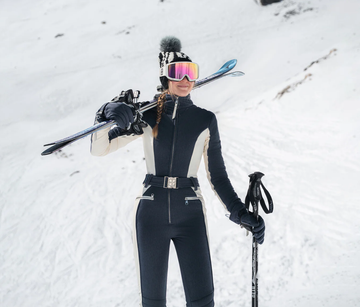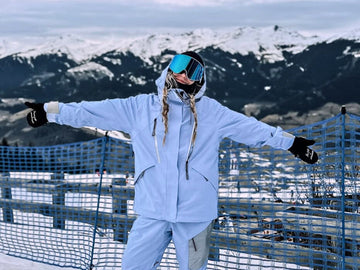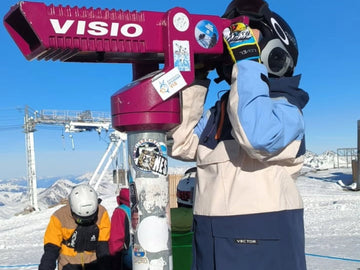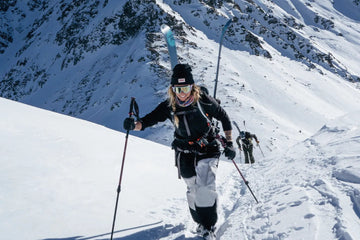In skiing or snowboarding, dressing appropriately is not just about looking good. It directly impacts your comfort, protection, and warmth. Whether you’re donning a professional snowboard suit for snowboarding or selecting high quality skiing gear for your ski trip, the right snow wear is key to ensuring a great experience on the slopes. Choosing the right gear helps you tackle changing weather conditions and environments, allowing you to enjoy the thrill of speed while staying comfortable and safe throughout your adventure.
Content
Layering: The Key to Versatility
Protecting Your Extremities: Gloves, Hats, and Socks
Ski Goggles and Sunglasses: Protect Your Eyes
Ski Boots: Comfort is Key
Additional Considerations
Choosing the Right Gear for Your Activity
In Conclusion
Layering: The Key to Versatility
One of the most important principles in snow sports apparel is the layering system. Proper layering allows you to regulate your body temperature effectively, keeping you warm when stationary and preventing overheating while you're active on the slopes. The layers you should focus on are:
-
Base Layer: The base layer is your first line of defense against the cold. It should be moisture-wicking, as it helps to keep sweat away from your body, ensuring you stay dry. Materials such as merino wool, polyester, or specialized synthetic fabrics are excellent choices. Avoid cotton, as it retains moisture and can leave you cold and uncomfortable.
-
Mid Layer: The mid layer provides insulation and helps to trap body heat. Fleece or down jackets are popular choices here. When choosing a mid-layer, consider the temperature. If you're skiing in milder conditions, a light fleece will suffice, but for colder days, you may want a thicker down jacket.
-
Outer Layer: The outer layer, typically a ski jacket and pants, acts as your shield against the elements. These should be windproof, waterproof, and breathable. A good ski jacket should also have vents to let out excess heat when needed. Look for a jacket with plenty of pockets, especially ones designed to hold ski passes and goggles. For pants, ensure they are insulated and waterproof, providing the protection you need when sitting or falling in the snow.
Protecting Your Extremities: Gloves, Hats, and Socks
While your core will stay relatively warm with the proper layers, it's essential to keep your extremities protected as well.
-
Gloves or Mittens: Your hands are especially prone to getting cold in freezing conditions, so invest in good-quality gloves or mittens. Mittens tend to be warmer as they allow your fingers to stay close together, generating heat. Look for waterproof and insulated gloves that are designed for snow sports.
-
Hat or Helmet: A good hat is essential to keep your head warm, but if you’re skiing or snowboarding, a helmet is non-negotiable. Helmets not only keep your head safe in case of a fall but also provide extra warmth. If you're not wearing a helmet, make sure your hat is snug and fits under your ski goggles.
-
Socks: Ski socks should be thicker than regular socks but not too bulky. Wool or synthetic materials are the best options for insulation and moisture-wicking properties. Avoid wearing multiple pairs of socks, as this can restrict blood circulation and actually make your feet colder. Opt for high-quality, specifically designed ski socks that provide warmth and comfort without restricting movement.
Ski Goggles and Sunglasses: Protect Your Eyes
The snow reflects sunlight, which can cause severe eye strain and even snow blindness if left unprotected. Ski goggles are designed to protect your eyes from the elements, reduce glare, and improve visibility, especially in challenging weather conditions. When selecting goggles, choose a pair with interchangeable lenses so you can adapt to different light conditions. For bright, sunny days, use darker lenses, and for overcast days, opt for lighter-colored lenses that enhance contrast.
For après-ski activities or for when you’re not on the slopes, a good pair of sunglasses with UV protection is essential for protecting your eyes from prolonged sun exposure.
Ski Boots: Comfort is Key
Ski boots are one of the most crucial pieces of gear for skiers, but they often get overlooked when preparing for the slopes. Ill-fitting boots can cause blisters and discomfort, ruining your skiing experience. When purchasing ski boots, make sure they fit properly. They should be snug but not tight, and you should have room to wiggle your toes. It’s also worth considering custom insoles to improve comfort and reduce the risk of pressure points.
Additional Considerations
-
Neck Gaiters or Balaclavas: Protect your face from wind and snow with a neck gaiter or balaclava. These can be pulled up over your face to shield against harsh conditions while skiing or snowboarding. Look for ones made from moisture-wicking, quick-dry fabrics.
-
Sun Protection: Even in cold weather, the sun’s rays can be damaging at higher altitudes. Apply sunscreen to your face, especially the nose, cheeks, and lips, which are prone to sunburn. Don’t forget to reapply throughout the day.
Choosing the Right Gear for Your Activity
Different snow sports require different outfits, so make sure you’re prepared for the specific activity you’re doing:
-
Skiing: Ski outfits tend to be bulkier and more protective than snowboarding gear due to the nature of the sport. Ski pants are typically designed with more insulation, while jackets may have additional pockets for ski passes and extra layers.
-
Snowboarding: Snowboarders tend to prefer more flexibility, which is why snowboard gear may feel looser or less insulated. Snowboard jackets are often longer, offering more protection when sitting or kneeling.
In Conclusion
Dressing appropriately for the slopes is all about staying warm, dry, and protected. By following the principles of layering and choosing the right gear for your conditions and activity, you’ll be prepared for whatever the mountains throw your way. Be sure to focus on comfort, functionality, and warmth, and you’ll enjoy your time on the slopes with confidence.
Stay safe, stay warm, and enjoy the thrill of the snow!
FAQ
Q: What kind of pockets are good for ski jackets?
A: Look for jackets with plenty of pockets, especially those designed to hold ski passes and goggles.
Q: How do I choose lenses for ski goggles?
A: Choose goggles with interchangeable lenses: darker for sunny days, lighter for overcast conditions to enhance contrast.
Q: Besides clothing, what other protections should I pay attention to when skiing?
A: Protect your face with a neck gaiter or balaclava, and apply sunscreen to exposed skin, reapplying throughout the day.
Reference
